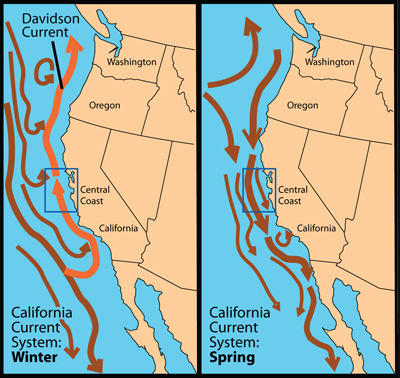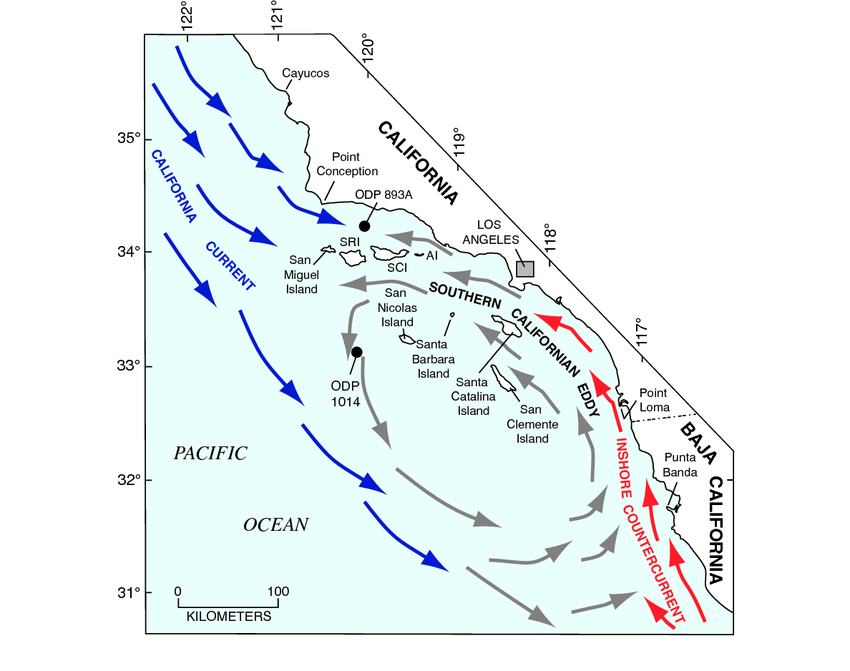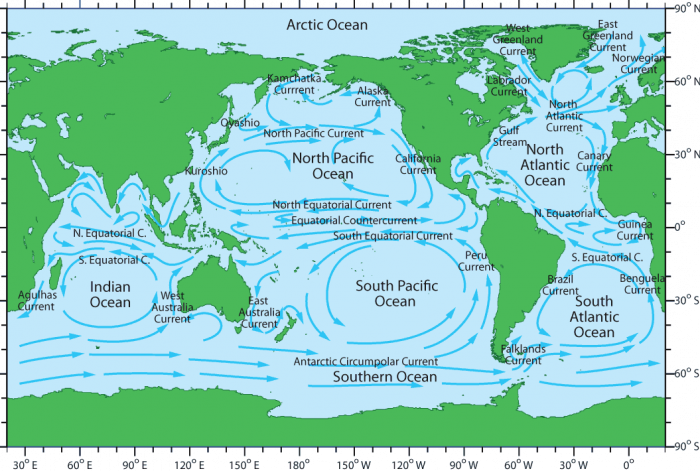This cruise is not that spectacular from an itinerary point of view but it is a popular one and we are sailing with a full ship. The cruise gives some ports on the West Mexican coasts which not everybody has seen yet. It gives the Panama Canal which never fails to be interesting. (And I can vouch for that one as I am way over the 100 transits and I still see new things every time). And on the east side the cruise ends with a visit to Half Moon Cay and what better highlight than this to have as a final port of call.
But we are only just starting out with our first day at sea. And although San Diego is right on top of the border with Mexico, we are not experiencing “Mexican” temperatures yet. For Mexican standards it is quite chilly. 16oC / 61oF. and it will remain that way until we are past Cabo San Lucas. Not that we mind because we prefer CSL to be a little bit on the cool side. Cabo is located in a curve behind a protective mountain range which shields the town from the ocean winds. So it can get very warm there. But tomorrow supposed to be just pleasant.
Although most of us (at least those who live in Europe) relate to California as the land of warm weather, oranges and golden sunshine, the sea is not really helping here. The currents of California are mainly cold water currents and that has some effect on the weather. There can be lots of fog in the area all the way down from Portland to Los Angeles in general and there can be even more fog from San Francisco to down Los Angeles, there where the moderate climate starts to change to tropical. Sailors especially do not like San Francisco in the fog as the area has very strong currents and there is only one way in and out; The Golden Gate. Los Angeles has fog as well but both San Pedro and Long Beach are not exposed to strong currents and that makes getting in out with zero visibility less challenging.

The situation off the Californian Coast is quite confusing with the currents. Both Winter and spring there should be a south going current but there never is………………….
But the currents come from the North or from the mid North Pacific, depending on the time of the year. Those are both areas with a temperate or cold weather and that keeps the current cool as well. If wind is then also from these areas, it will keep the air temperatures down considerably. Or like today, with hardly any wind and overcast skies, then it is purely the sea water temperature which regulates the air temperature around the ship. I really felt today as if I was on the beach at home in England on a clear day in spring.
The currents changes over here with the seasons but not always in a logical way. Wind, water, temperature and salinity all play a role. Spring will bring the Sun to the Northern hemisphere, as it changes the wind direction and warms the sea water in a different way than in the winter. So the direction of the current changes as colder water (heavier) will sink and is replaced by warmer (lighter) water. Thus we have this sinking of water in the Arctic and Antarctic zones. That starts a worldwide merry go round and quite a bit of this merry-go-around takes places off the Californian coast.

This is what we have most of the time, a counter current which is basically the California Current which gets pushed back due to the warmer water south of Cabo. Hence that we call the South west point of the Baja California (Cabo Falso) the cold cape.
In principle / in general we should have the current with us down to Cabo but nearly year around we have the current against us to Cabo. From Cabo towards Costa Rica it is the same but again not consistently.

The worldwide current system. Clearly visible the rotation between the warm equator and the cold North and South. But that does not stop major Nature having a lot of small counter currents that do the opposite from the larger system.
It gives a captain a headache if he wants to sail as fuel efficient as he can and tries to anticipate the strength and direction of the current. We have our weather programs, the same that predict the location of the Gulf Stream. (See previous blogs) but here the current is more variable in strength and direction and thus harder to predict. And thus the forecasting is less reliable. With all our weather gadgets, the old wisdom of pre computer days is still followed: Go full speed until you make sufficient spare time; then you can slow down and stop an engine and still make it on time.
Tomorrow we will arrive at Cabo San Lucas anchorage around 10.00 hrs. We will be together with 2 more ships, the Norwegian Star and the Seven Seas Explorer. By about 4 pm. local time tonight, the authorities will lay their golden egg about who will go to which anchorage. Again there is a pecking order, dictated by the size of ship and the number visits. We will not beat the Norwegian Star as she is much larger but we might have preference over the Seven Seas Explorer as she is much smaller and most likely will only make a single call here and we are coming back. So we are gunning for anchorage nbr 2.
Weather in Cabo: Partly Cloudy 75oF / 24oC with a light and cool north westerly ocean breeze. Perfect weather to start a cruise.

March 7, 2019 at 12:38 am
As always, we are enjoying your insight into all things. We keep checking for your 2019 sailing schedule in hopes that you will be on the final Prinsendam cruise with the Mystery Shopper.